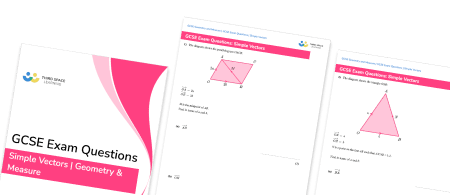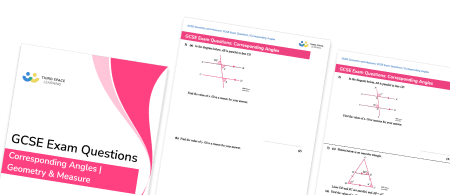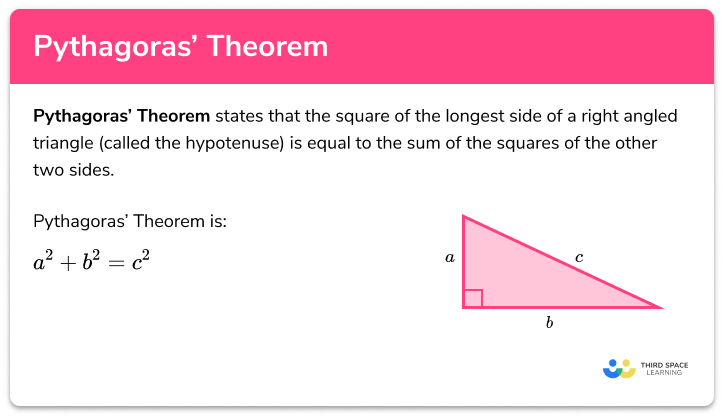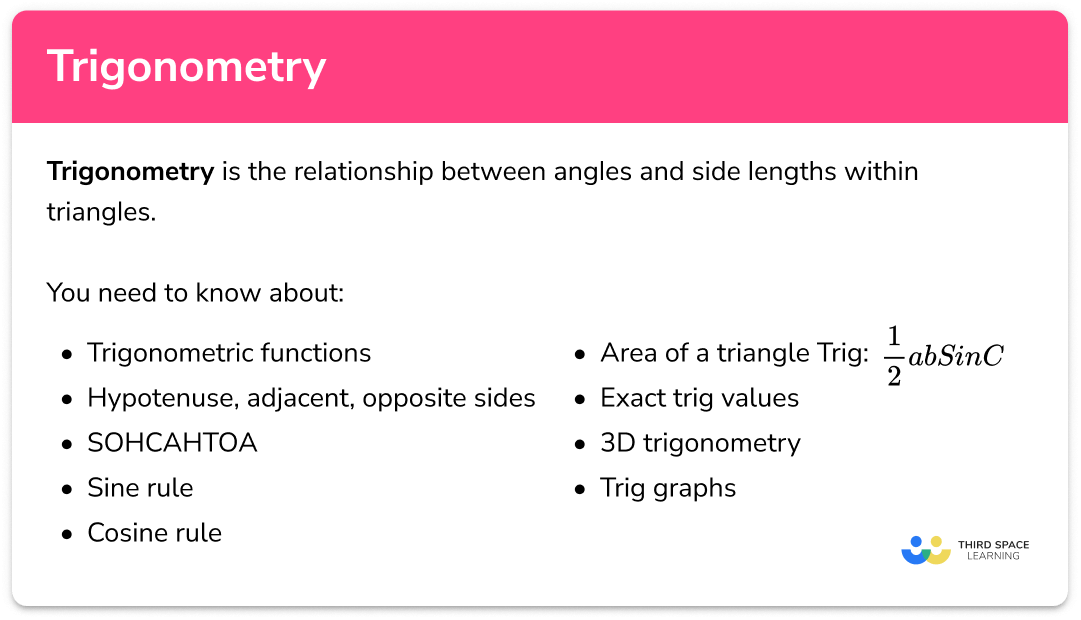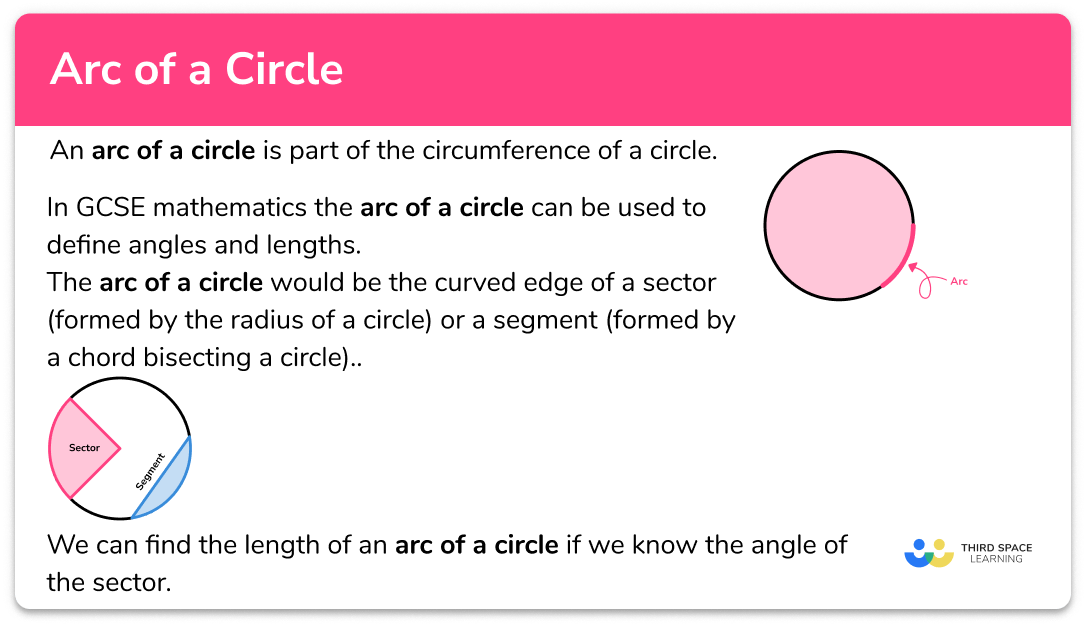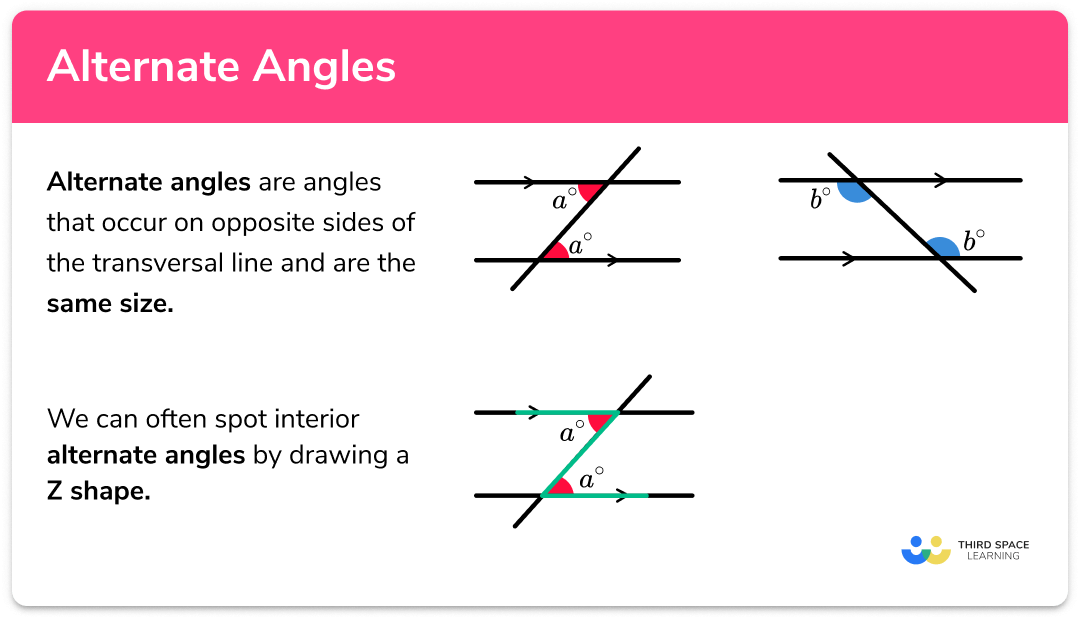FREE DOWNLOAD
Lines of Symmetry Worksheet

Help your students prepare for their Maths GCSE with this free lines of symmetry worksheet of 34 questions and answers
- Section 1 of the lines of symmetry worksheet contains 27 skills-based lines of symmetry questions, in 3 groups to support differentiation
- Section 2 contains 4 applied lines of symmetry questions with a mix of worded symmetry activities and deeper problem solving questions
- Section 3 contains 3 foundation and higher level GCSE exam style lines of symmetry questions
- Answers and a mark scheme for all lines of symmetry questions are provided
- Questions follow variation theory with plenty of opportunities for students to work independently at their own level
- All questions created by fully qualified expert secondary maths teachers
- Suitable for GCSE maths revision for AQA, OCR and Edexcel exam boards
Lines of symmetry at a glance
A shape has a line of symmetry if a line can be drawn through the shape so that each half of the shape is an exact mirror image of the other half (identical halves). Some 2D shapes have multiple lines of symmetry, some have one and others don’t have any.
We might be asked to draw lines of symmetry on different shapes or to identify the number of lines of symmetry a polygon may have. We could also be asked to create symmetrical shapes by adding sections or shading parts of a diagram.
Regular polygons have a number of lines of symmetry equal to their number of sides. For example, an equilateral triangle has three lines of symmetry and a regular hexagon has six lines of symmetry. Drawing a symmetric figure in different orientations will not change its lines of symmetry.
Usually diagrams are placed on grids or a set of xy axes.
Vertical lines of symmetry can be labelled as x=a where a is an integer or a decimal.
Horizontal lines of symmetry can be labelled as y=b where b is an integer or a decimal.
Two types of shape symmetry include line symmetry and rotational symmetry.
Looking forward, students can then progress to additional symmetry worksheets and other geometry worksheets, for example a simplifying expressions worksheet or simultaneous equations worksheet.

For more teaching and learning support on Geometry our GCSE maths lessons provide step by step support for all GCSE maths concepts.
Do you have students who need additional support?

With Third Space Learning's secondary maths tutoring programmes, students in Year 7-11 receive regular one to one maths tutoring to address gaps, build confidence and boost progress.
"My confidence in the tutoring is high. We've had some phenomenal results. I even had one girl get a Grade 8 this year; she came to every tutoring session."
Stacey Atkins, Maths Director, Outwood Grange Academies Trust

